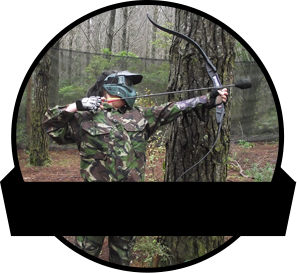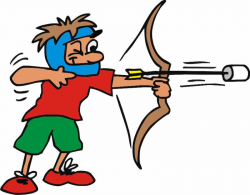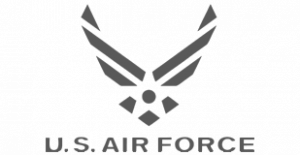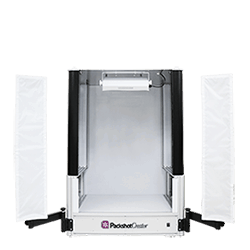Shooting alongside someone who can understand the adrenaline, the nervousness you feel when shooting is awesome and fun. Having someone behind helps you feel more relaxed, because you know that person is there to help as much as you help them back, and that’s what it’s about shooting a bow, have fun and learn every opportunity you have. In combat archery this is important.
As with bows, there are as many techniques for archery as there are cultures in the world. Some are widely practiced however and, above all, recognized by the World Archery, the international archery federation. If our anguish archers are numerous to practice Olympic shooting, in classical archery, we are starting to also have some pulley archers and have, for a long time, practitioners of a hunting bow and straight bow.
Discover archery techniques

If you are just starting out, your initiation to archery is done in a bare arch. The goal is for you to familiarize yourself with the bow, without having to worry about any accessories. So you start with a bow, arrows and arm guards. And, little by little, they introduce you to the use of all the equipment of the classic archer.
After a year working on the basics of the technique and adapting them to yourself, you buy your bow and it’s time to choose: barebow, viewfinder, and compound bow, traditional bow whatever your choice, they teach the archery technique that goes with it.
The basics of archery: common basis for all bows
That’s why you start with a very simple bow because the fundamentals are the same regardless of your weapon and the disciplines you practice. At the end of the first year of shooting, not only do you master these basics, but you also start to appropriate them.
Posture and movement
It all starts with the posture because from it flows the body language. Experts always say that you have to be proud to be an archer. Indeed, you have to stand straight, feet slightly apart, parallel or open according to your personal comfort, and straighten your shoulders and head. Thanks to this, you place your body in an optimal position of balance, you open yourself to make the most of your reach and you release the back muscles which participate in arming. When your body has registered this posture and your muscles have strengthened in function, you can shoot in any condition and adapt your position to rough terrain and congested shooting ranges.
Movement
We are talking about continuous and fluid tensioning. When your bow arm is stretched towards the target, your string hand will cock your bow regularly using the muscles of your arm to start. As you approach your face, the muscles in your back come into action. You slow down and your back finally takes over completely, your rope arm relaxes and causes your fingers to loosen and therefore release the rope.
You can see that pulling and letting go of the rope are not two different actions, but are the continuity of your weaponry. Throughout this tensioning, the muscular effort increases, which makes that your release is naturally dynamic and regular.
The placements
They will go over this part, because it is here that the techniques relating to each arc differ. What you should know is that you need placements identical to each arrow and comfortable for a regular shot. There is the placement of the pelvis, in retroversion thanks to the contraction of the abs and gluteal muscles, which ensures your stability.






